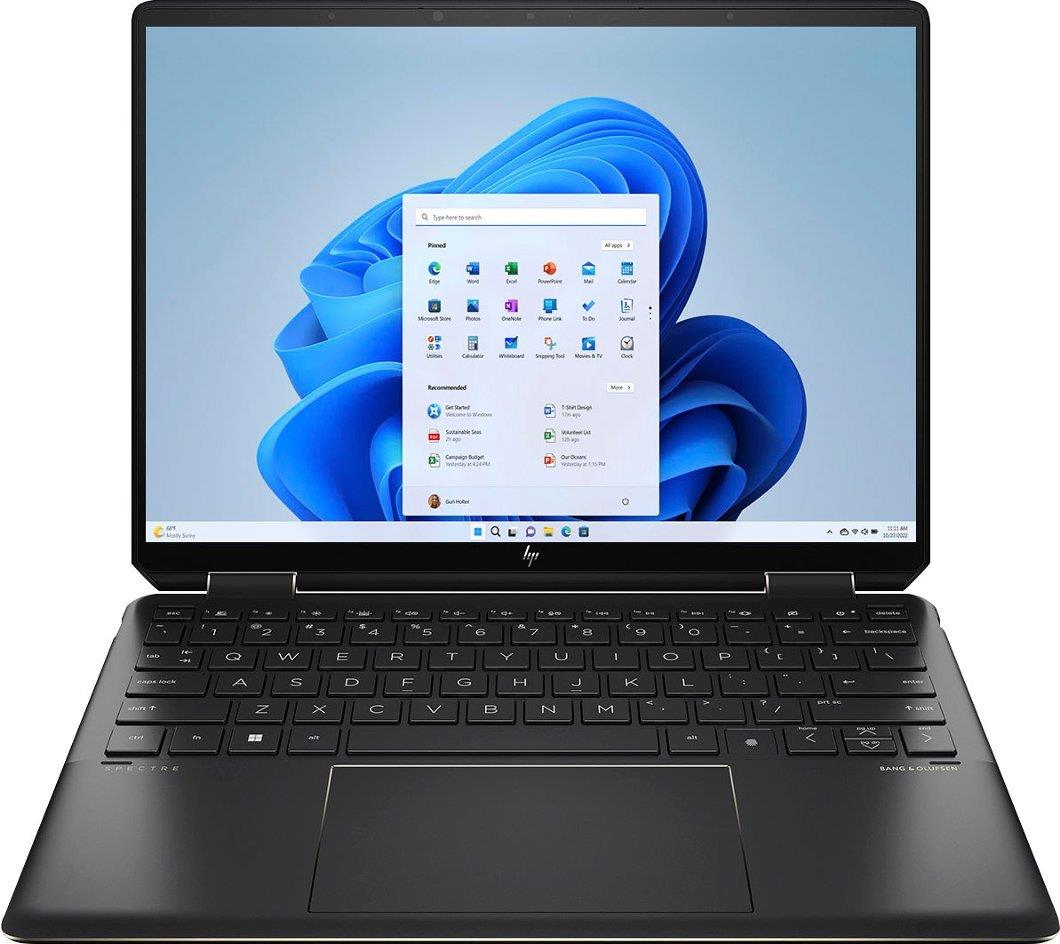Your cart is currently empty.
How to Boot HP Laptop from USB
Nowadays, a new HP laptop model rarely comes with a CD or DVD ROM. Thus, you won't be able to install an operating system using these. The only option for HP laptop owners is to use the USB drive to install a new operating system. The USB technique is not simple for a novice since it needs to make the USB bootable and then use it to install the operating system on an HP laptop.

Booting from USB on an HP laptop might imply different things depending on whether you want to run an OS live from a USB drive or install a new OS on the device. Both scenarios are possible, and both require remedies.
Booting your HP laptop from a USB drive can be helpful in various ways, such as installing a new operating system, recovering your system, or running a diagnostic program. Here's how to boot your HP laptop from a USB device, step by step.
Make a Bootable USB flash drive
The initial step is to make a bootable USB disc. Rufus, UNetbootin, or the Windows Media Creation Tool may all be used to build a bootable USB device. Check that you have downloaded the correct ISO image of the operating system or tool you wish to install on your laptop.
Place the USB drive in your laptop
Insert the USB drive into one of your laptop's USB ports. Make sure to use a bootable USB port. Some laptops have designated USB ports for booting.
Restart your HP laptop
Start your HP laptop again. You may do this by selecting Restart from the Windows Cick menu or by pushing and holding the power button until your device shuts off, then pressing it again to turn it back on.
Navigate to the BIOS Setup Utility
You must open the BIOS setup utility when your laptop restarts. To accomplish this, hit a particular key as your laptop boots up. The key may differ depending on the type of your laptop, but it is generally one of F1, F2, F10, or Del.
Alter the Boot Order
Navigate to the Boot tab once you're in the BIOS setup utility. You must modify the boot order to boot from the USB device first. Place the USB drive at the top of the list of boot options.
Save your changes and quit the BIOS setup software
After changing the boot sequence, save your changes and quit the BIOS setup software. To keep the changes and exit the BIOS setup program, press the F10 key.
Start the computer from the USB drive
The USB drive should now boot your HP laptop. If it doesn't boot, repeat the procedure and double-check the boot sequence in the BIOS setup application.
Install the operating system or application
You may install the operating system or tool after your laptop boots from the USB device. To finish the installation, follow the on-screen directions.
Benefits of Booting Your Hp Laptop from USB
Booting an HP laptop via USB is beneficial since it allows users to access features and functions not generally available on the computer's internal hard drive.
Help run different operating systems
Booting an HP laptop from a USB drive is advantageous since it allows customers to run several operating systems on their devices. It is particularly beneficial for users that require a specialized operating system for a specific purpose, such as software development or testing. Users who can boot from a USB drive can use operating systems such as Linux or Ubuntu without installing them on their internal hard drives. Because it eliminates the risk of overwriting or corrupting the existing system, this is a much more convenient and safe way to experiment with different operating systems.
Useful for Data Recovery Purposes
Booting from a USB drive might also be handy for data recovery. Users may be unable to retrieve their data if their internal hard disc crashes or becomes corrupted. However, they may quickly boot from a bootable USB drive produced using a data recovery application and recover their data without taking their laptop to a specialist. Data recovery services may be costly and time-consuming, so this is an excellent method to save time and money.
Useful for troubleshooting and maintenance purposes
Booting from a USB drive might be handy for troubleshooting and maintenance. If a user's laptop is having troubles or is operating slowly, they can boot from a USB drive that contains a diagnostic tool or maintenance program. It enables them to detect and resolve issues without reinstalling the operating system or bringing the laptop to a professional. It can save time and money while also preventing data loss.
Useful for security purposes
Booting via USB might be beneficial for security reasons. Users can use a security application, such as antivirus software, to generate a bootable USB stick, allowing them to scan their machine for malware or viruses. It is a great approach to guarantee their system is clean and secure, as antivirus software may identify and delete harmful software hiding on the internal hard drive.
Users who require access to programs or applications unavailable on their internal hard drive may find booting from USB beneficial. Specialized software for graphic design, video editing, and other tasks might be included. Users may access these programs by booting from a USB drive instead of installing them on their internal hard drives, which can take up valuable space and slow down the system.
Final Thoughts
Booting a laptop from a USB drive is a straightforward procedure that might be helpful in various cases. You may quickly boot your device from a USB drive and install a new operating system or tool by following these steps. Create a bootable USB drive and modify the boot order in the BIOS setup utility.



